In Sa Pa, you can easily see a Hmong woman leading a Western visitor home, with only a few words of English. At Ben Thanh Market, vendors tried to entice an American journalist named Taylor Holliday: “Madame, you look, you buy?”
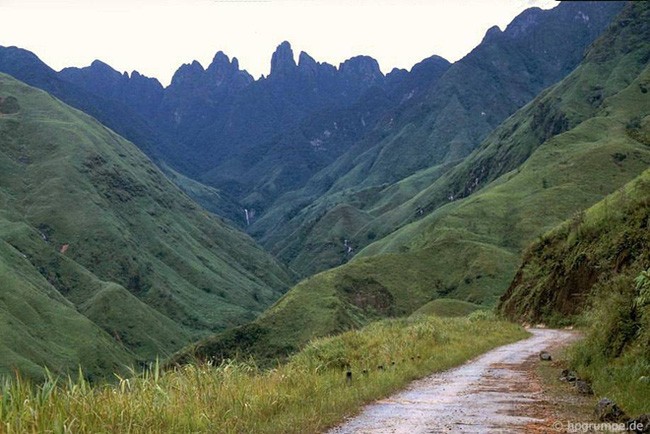
Besides the strengths of natural landscapes and unique culture, the concept of " tourism products" in Vietnam was still quite distant before 2000.
Photo archive of Sa Pa in the 90s: Hans-Peter Grumpe
“Madame, you look, you buy?”
In 2005, Taylor Holliday went to Ben Thanh Market to do a report on Vietnamese cuisine for The New York Times . At that time, American tour operators were offering prices of $4,000 - $5,000 for a 10-day Vietnamese culinary experience.
At this time, after more than 30 years of establishment, Vietnamese chefs have established a foothold on the American culinary map. Names such as Charles Phan, Michael Huynh or Mai Pham have won major awards, built star restaurants, written books and raised the Vietnamese culinary movement.
However, many American tourists who come to Vietnam and "rush" into traditional markets may only end up with... disappointment. That was the case for Taylor Holliday.
At Ben Thanh Market, Taylor found herself lost in an endless “matrix” of unrecognizable items, “overwhelmed by the smells of raw and cooked food”. She was “surrounded” by an “overactive force of vendors”. This “sanctuary” overwhelmed her.
In Hanoi , Ms. Taylor visited the 19/12 Market - the capital's famous former Hell Market, now a book city. The American journalist was greeted by a famous specialty: whole roasted dogs baring their teeth on the stalls. "It's worth a visit, but if you haven't been to enough markets to distinguish between Vietnamese coriander and ginger, banana flowers and dragon fruit, the experience can be utterly depressing!", she wrote.
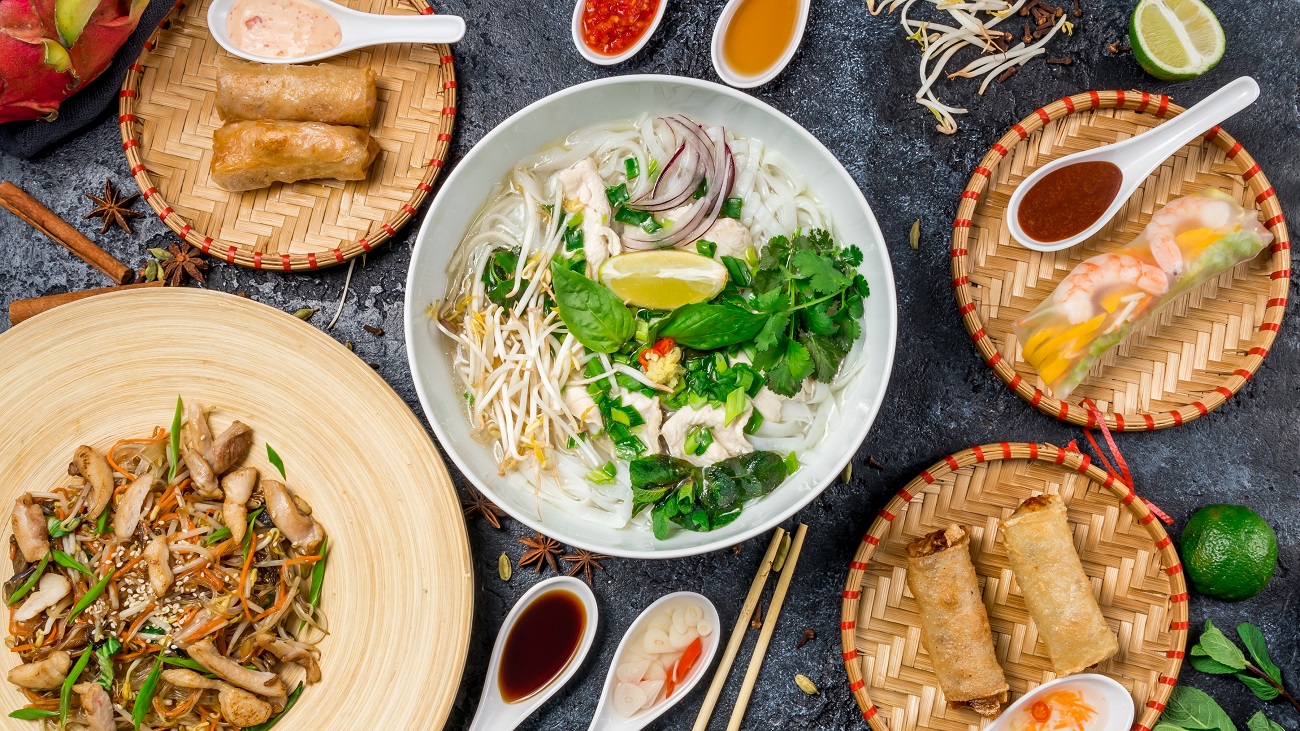
Delicious Vietnamese dishes will become a "tourism product" that attracts international visitors if it is carefully prepared, such as an English menu to help visitors understand the dishes.
So what do travelers like Taylor Holliday look for in Vietnam? “Maybe a little slower is better,” she says. She visits a few restaurants that are strictly designed for travelers, with English-speaking chefs, English menus, and an understanding of the ingredients, cooking methods, and beauty of Vietnamese cuisine. There, Taylor pays about $3 a dish, but in return, she leaves feeling completely satisfied and infused with a love of Vietnamese cuisine.
Even on traditional market tours, when paying for a serious “tourism product,” a tour designed and guided by David Thai, she found the Nha Trang fish market more beautiful.
Taylor Holliday’s journey is a fundamental problem for many newly formed tourism industries: Rich in resources but not yet able to create tourism products. Raw resources, with natural landscapes and community culture, exist as “ore mines” - and need specific designs to exploit and serve the group of customers with the ability to pay. If only raw resources are displayed and tourists are left to explore on their own, it can be an “extremely hopeless” experience.
More than just sightseeing
Vietnam has been interested in developing the tourism industry quite early. In 1960, Vietnam Tourism Company was established.
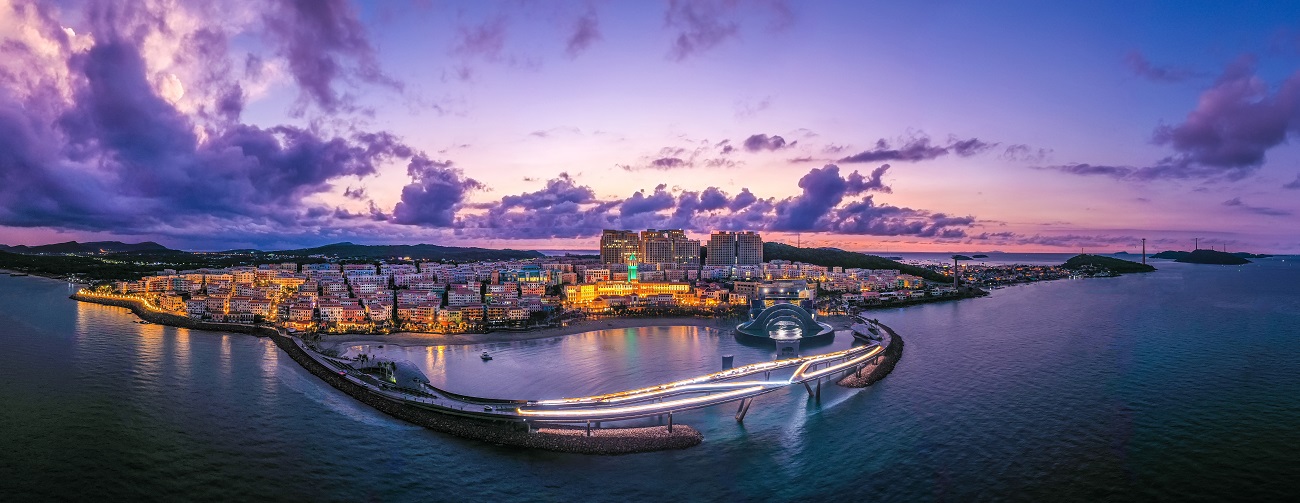
Elevating natural landscapes into unique tourism products is a long journey of Vietnamese tourism. In the photo is Hoang Hon town in Phu Quoc.
However, in the company's mission statement, the most frequently mentioned word is "sightseeing" and the corresponding object is "scenic spots".
During the years before Doi Moi, “scenic landscapes” were also the main keywords appearing in Vietnam’s tourism development promotion policies. It was not until 1995, when the country began to open up and the current state of the tourism industry was reassessed, that the Vietnam Tourism Development Master Plan was born.
It was not until this time that the concept of “tourism products” was mentioned, along with a policy to call for investment capital from both domestic and foreign sources. At that time, the Government set a target of attracting about 4.5 billion USD in investment for tourism in the next 15 years.
However, in 2009 alone, total investment in Vietnam’s tourism exceeded $4.5 billion. Small towns with Western tourists wandering around and taking photos of locals, from Sa Pa, Da Nang to Ha Long, have transformed into international tourist centers.
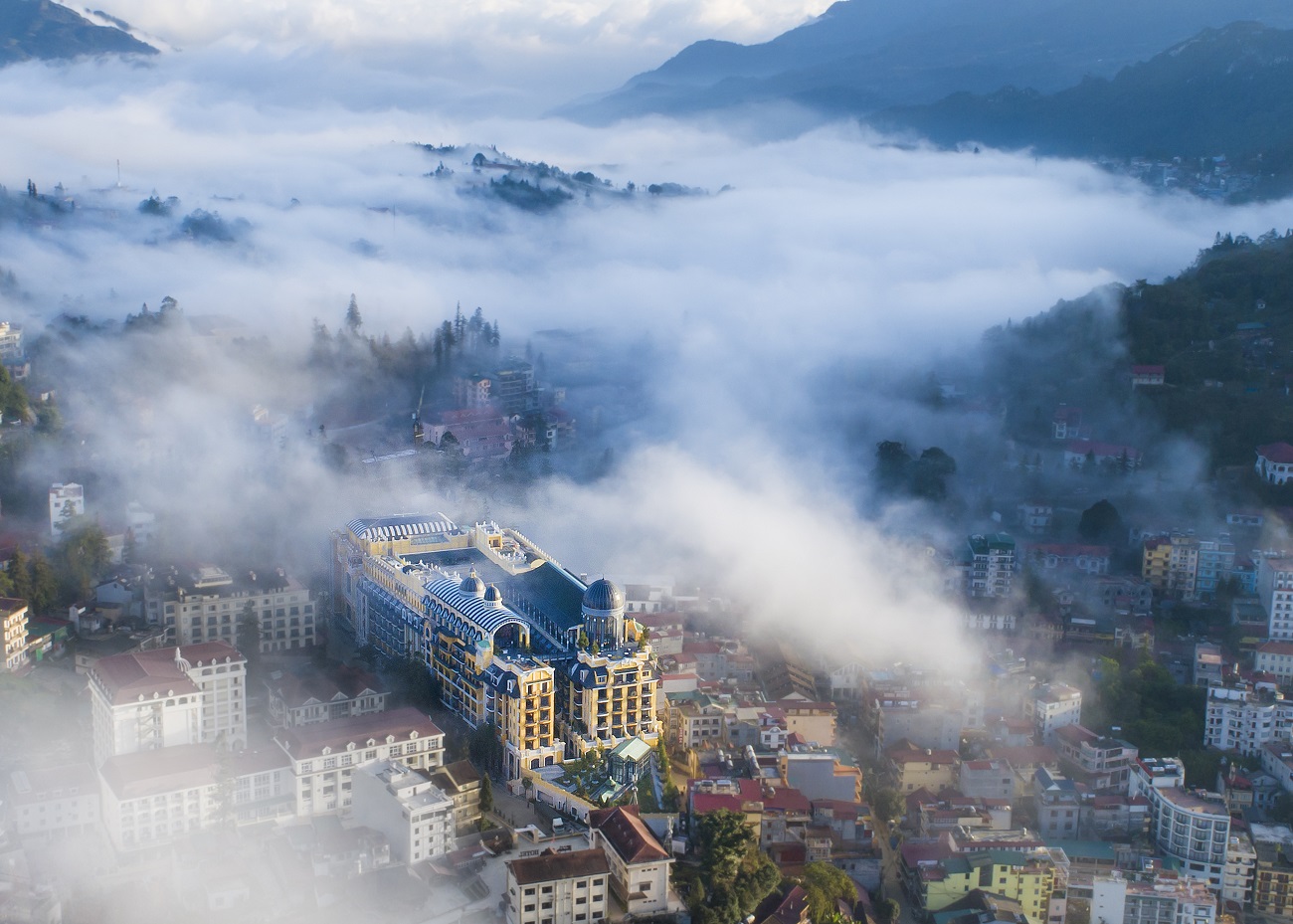
Sa Pa town center in 2023
In Sa Pa, millions of tourists view the Hoang Lien Mountains from a billion-dollar cable car system. They stay at the Hôtel de la Coupole, a five-star hotel designed by the legendary Bill Bensley.
In Da Nang, in addition to the modern cable car system to the top of Ba Na Mountain, tourists are also attracted by the bustling festivals, resorts, and 5-star hotels. Even the natural scenery is enhanced by a new, international landmark, called the Golden Bridge, created on the top of Ba Na Mountain. On the Son Tra Peninsula is a restaurant with a menu designed by many Michelin-starred chefs, at the Intercontinental Danang Sun Peninsula Resort.
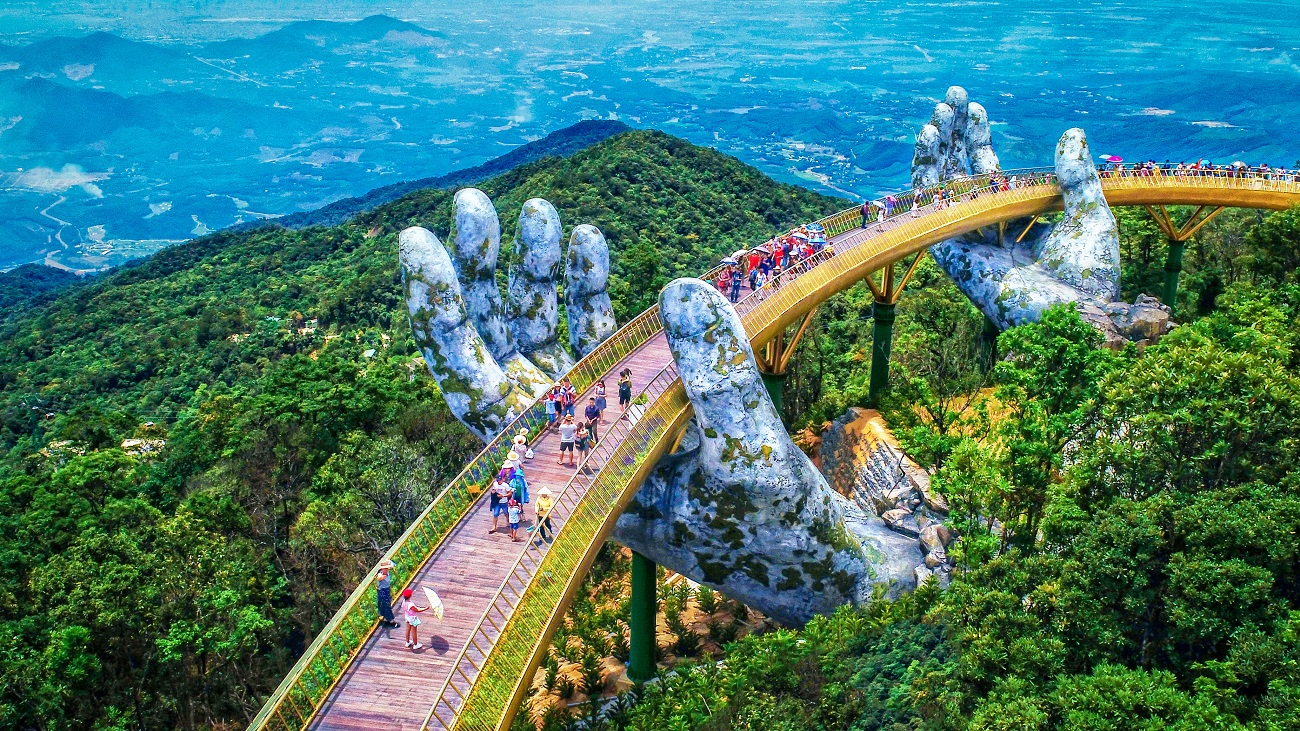
Golden Bridge (Ba Na Hills - Da Nang) - one of the works that creates a new symbol of Vietnam tourism
Coming to Ha Long is a Sun World with countless recreational activities on the shore of the heritage bay; and not far away, in Quang Hanh is a high-class hot spring resort according to Japanese standards. The high-class infrastructure and tourism products have elevated the inherent resources of Vietnam.
And when standing and choosing the best angles to take photos on the "roof of Indochina", what do you realize when looking back at the history of Vietnam's tourism industry? For example, what do the Golden Bridge (Da Nang), the Fansipan cable car station (Sa Pa) and a pho restaurant with an English menu have in common? The difference is that they are all invested by humans. This design is to serve a specific goal: Creating tourism products. They were all "rare" in Vietnam before 2000.
The most interesting part of Taylor Holliday’s New York Times article is that it ends in the same setting it began: Ben Thanh Market. After experiencing expertly designed travel products, celebrity chefs, and English-speaking tour guides explaining Vietnamese culture, she returns to the market in the heart of Saigon. “For all I had seen and learned, the market was a joyful sanctuary, with familiar foods, enticing smells, and beckoning stalls,” Holliday writes. Being greeted with such tailored experiences made her love the culture even more.
Source link


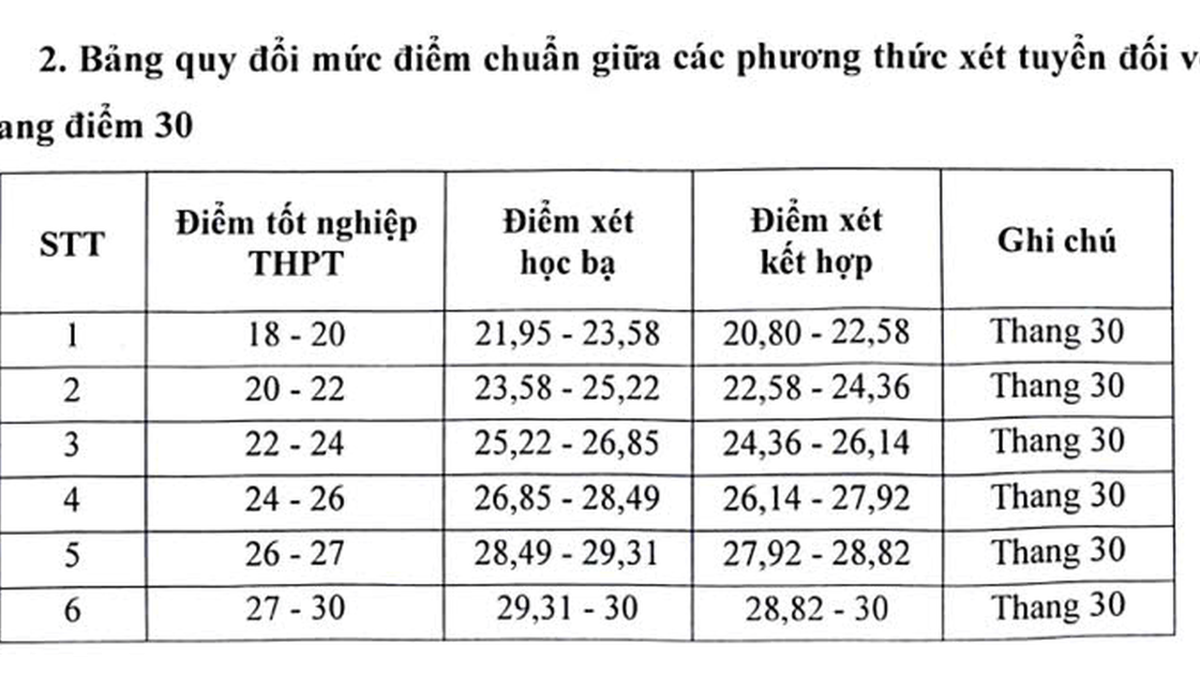
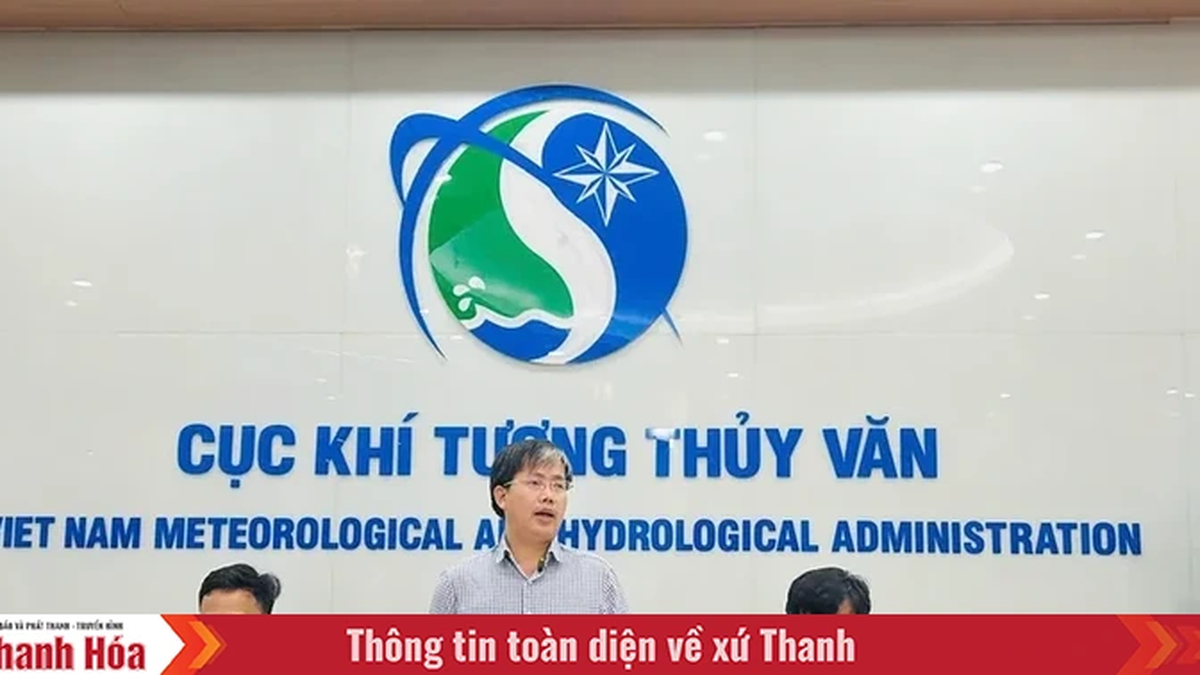
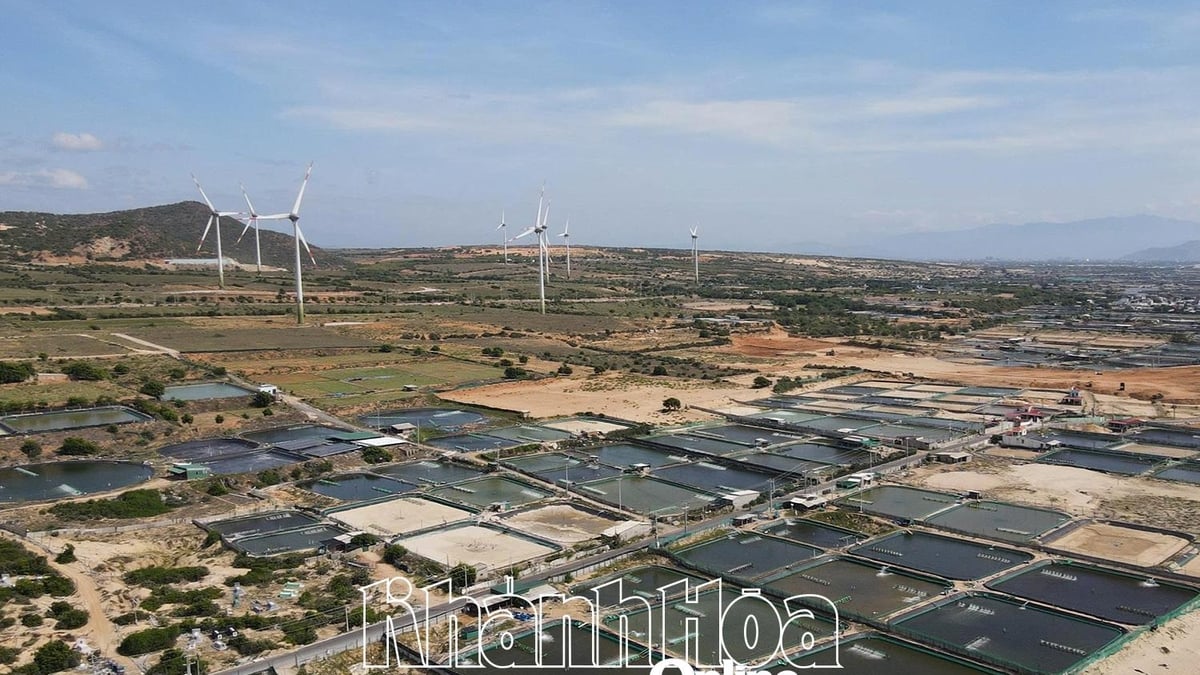
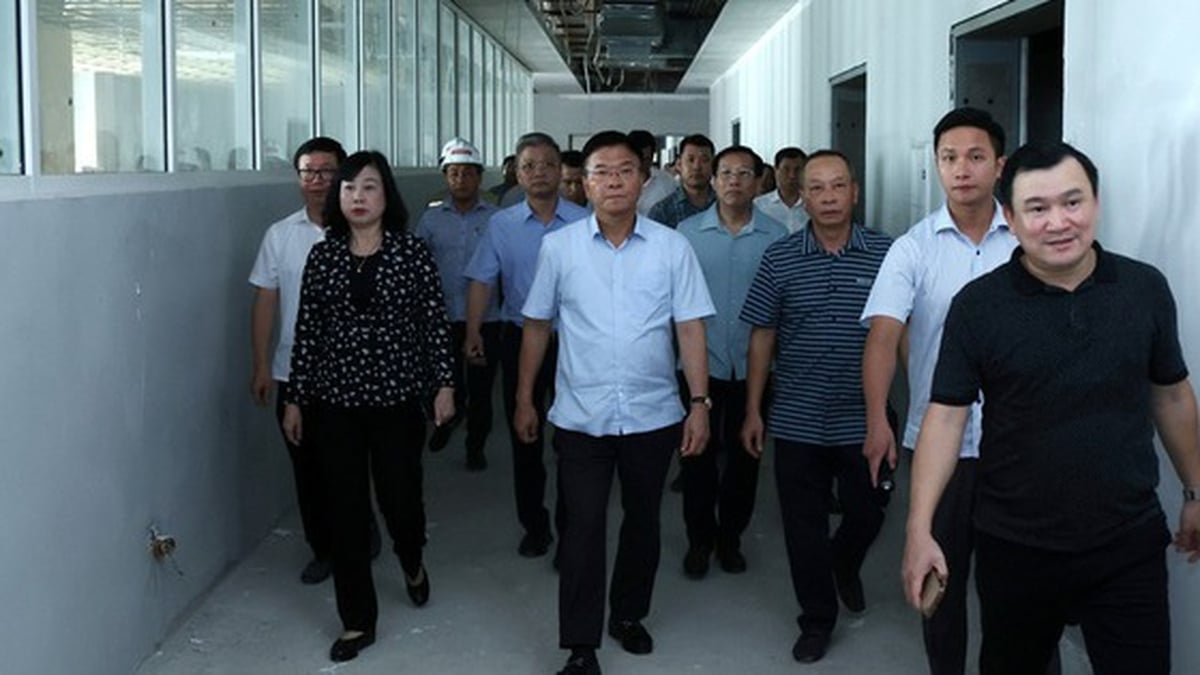
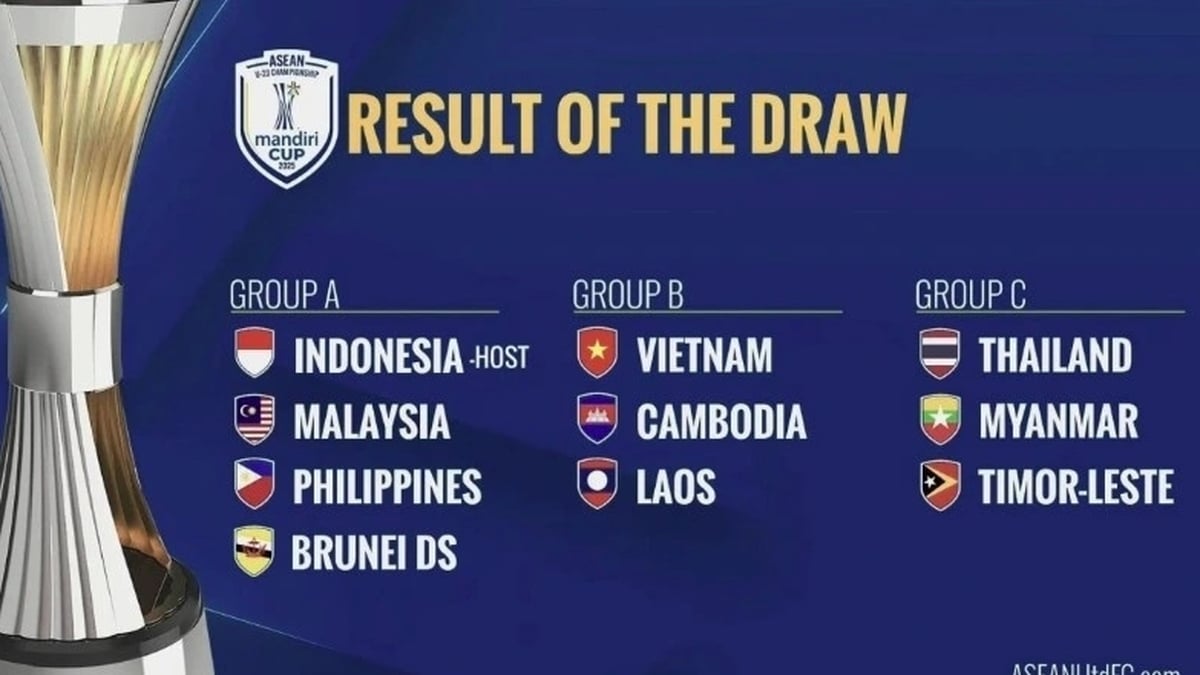
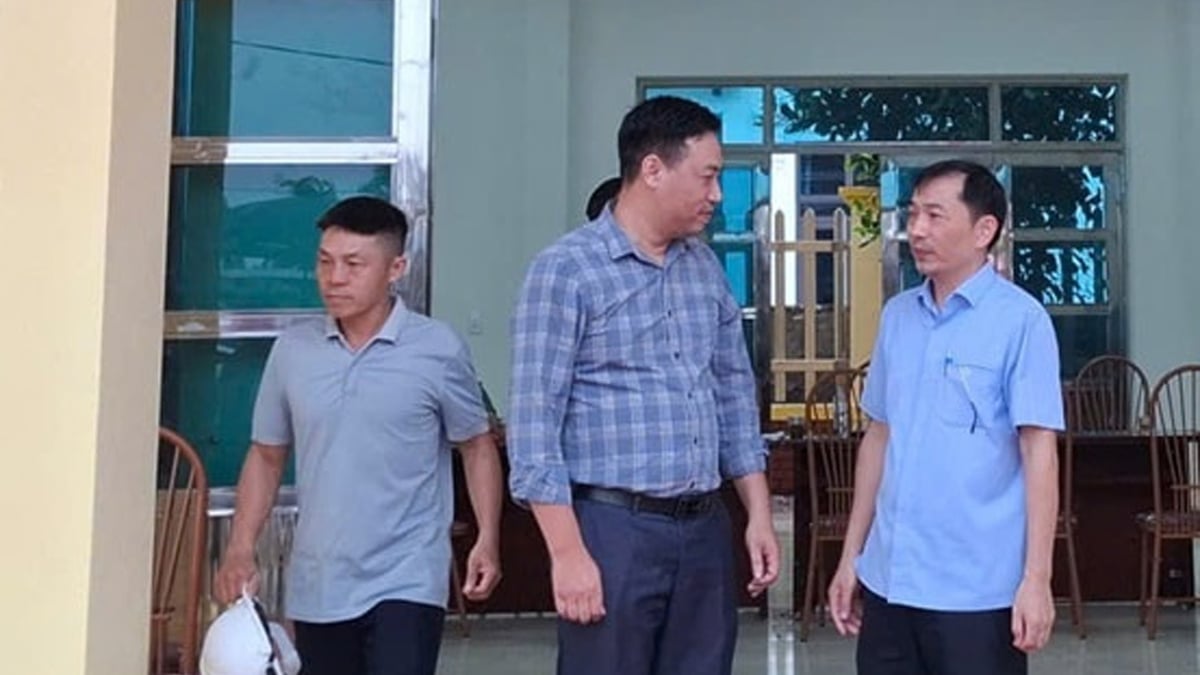
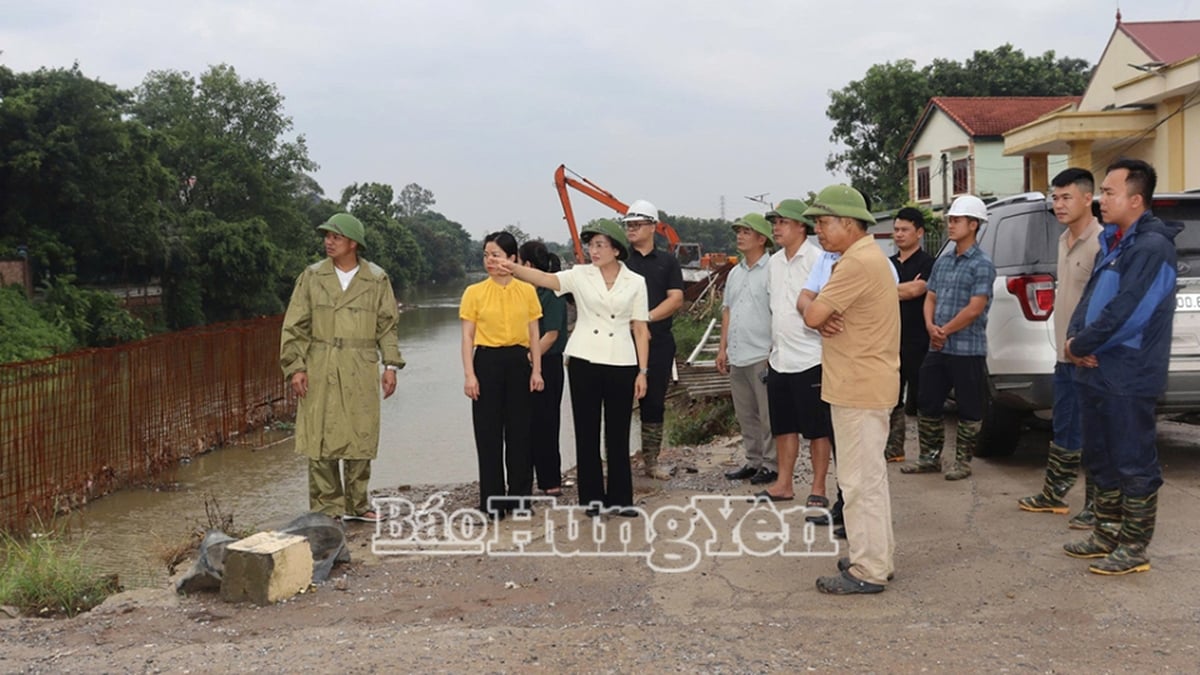
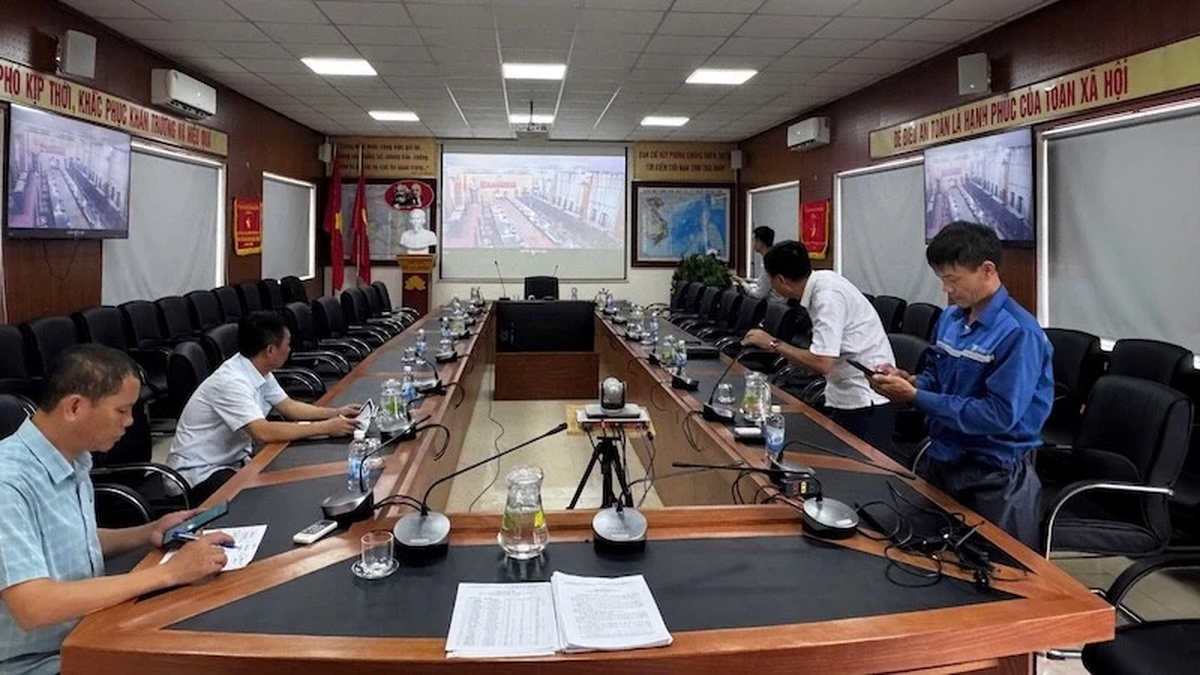





















![[Photo] National Assembly Chairman Tran Thanh Man visits Vietnamese Heroic Mother Ta Thi Tran](https://vphoto.vietnam.vn/thumb/1200x675/vietnam/resource/IMAGE/2025/7/20/765c0bd057dd44ad83ab89fe0255b783)





































































Comment (0)